- Difficulty level
- Beginner
- Time to Complete
- Weekend
- Used Material
- batting, coordinating thread, cotton quilting fabric, rotary cutter, ruler
- Projects
- blanket, quilt
- Seasons
- all seasons
- Techniques
- color theory, free-motion quilting, longarm quilting, quilt piecing, quilting
Home » Color Theory Challenge Quilt
What you might also like
Used Products
Interested in these Products?
Get in touch with your local BERNINA store.
Get in touch with your local BERNINA store.
Recent Blog Posts
- Jumbo Piping on the Overlocker and Sewing Machine
- Embroidering 18th Century Tie-On Pockets
- Quilting on the BERNINA Hoop Frame
- 8 Tips for Longarm Quilting Denim
- Crafting an 1860’s Gored Corset
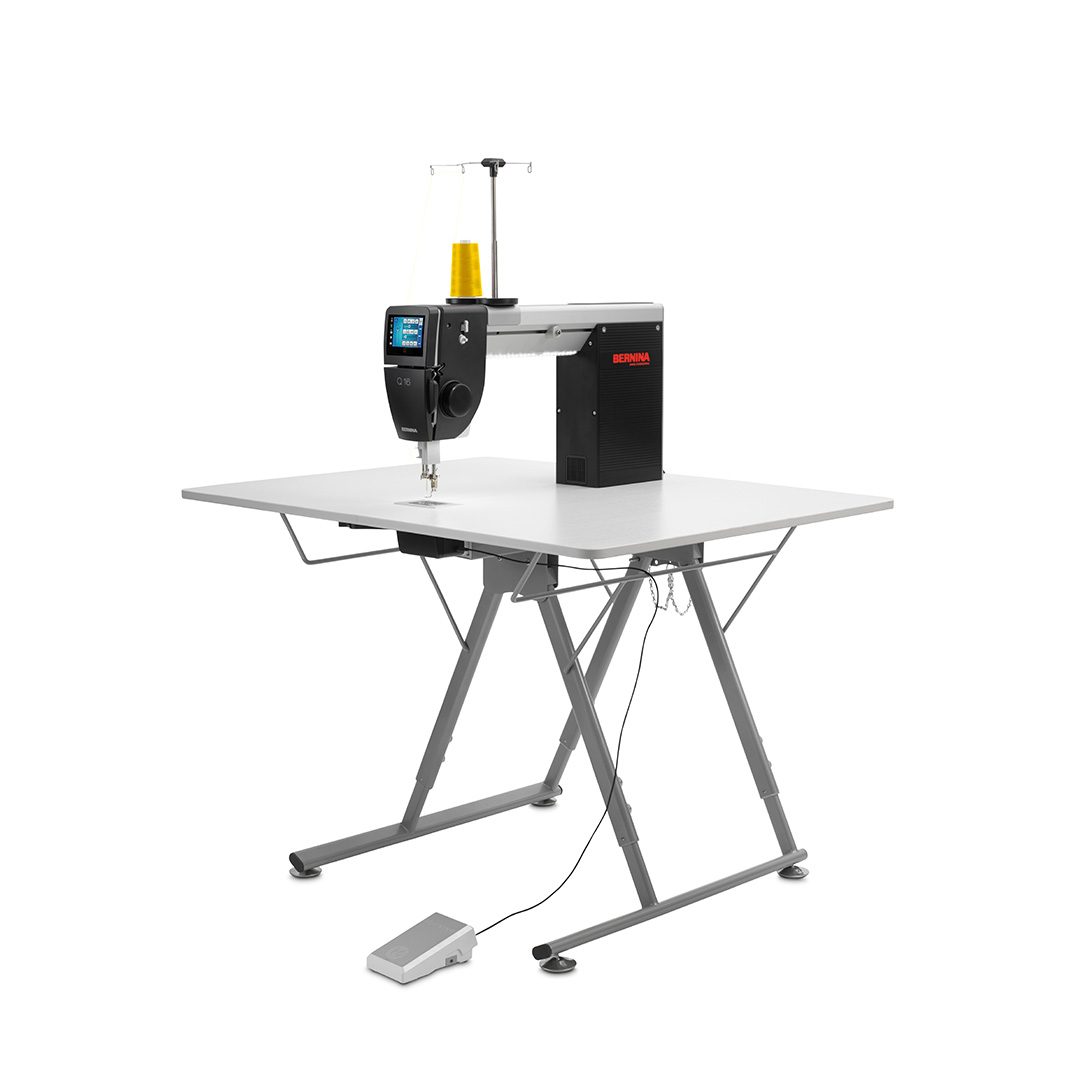
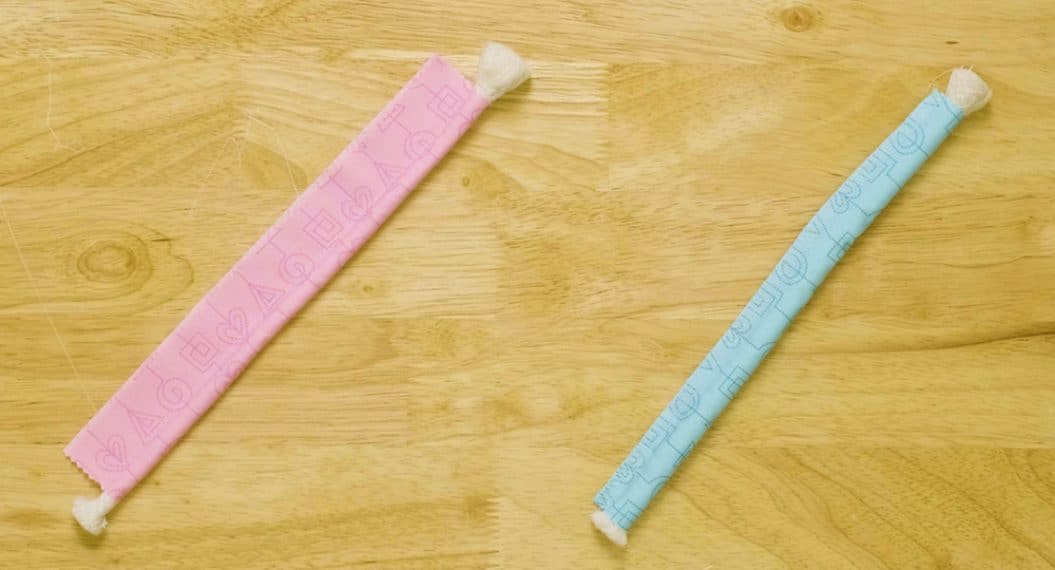
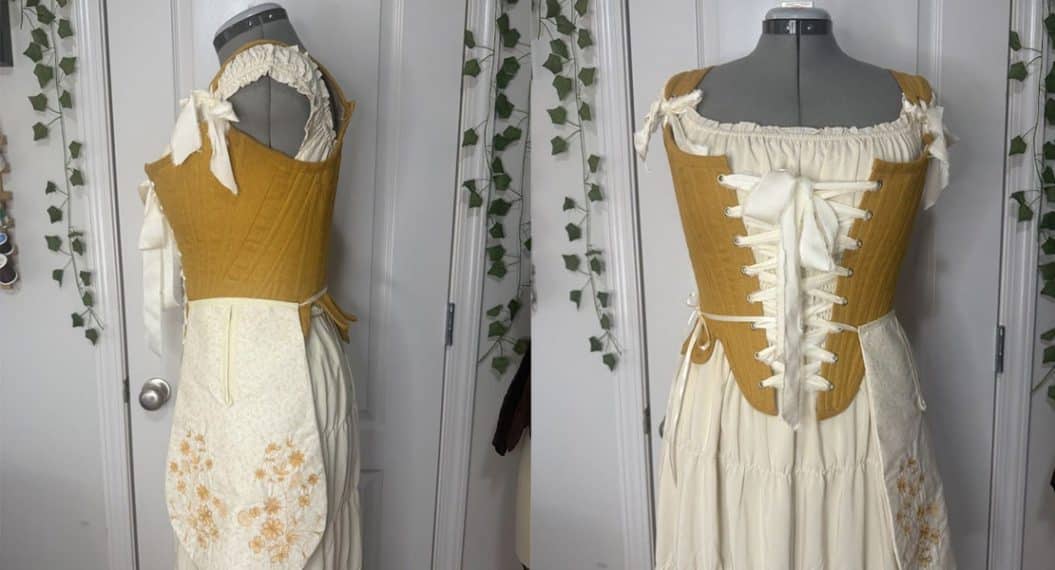
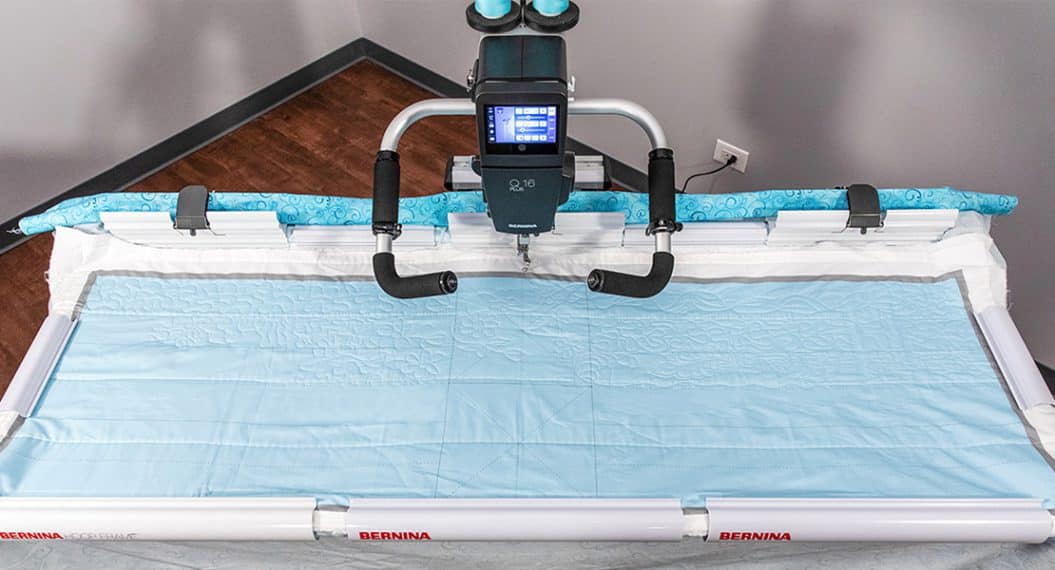
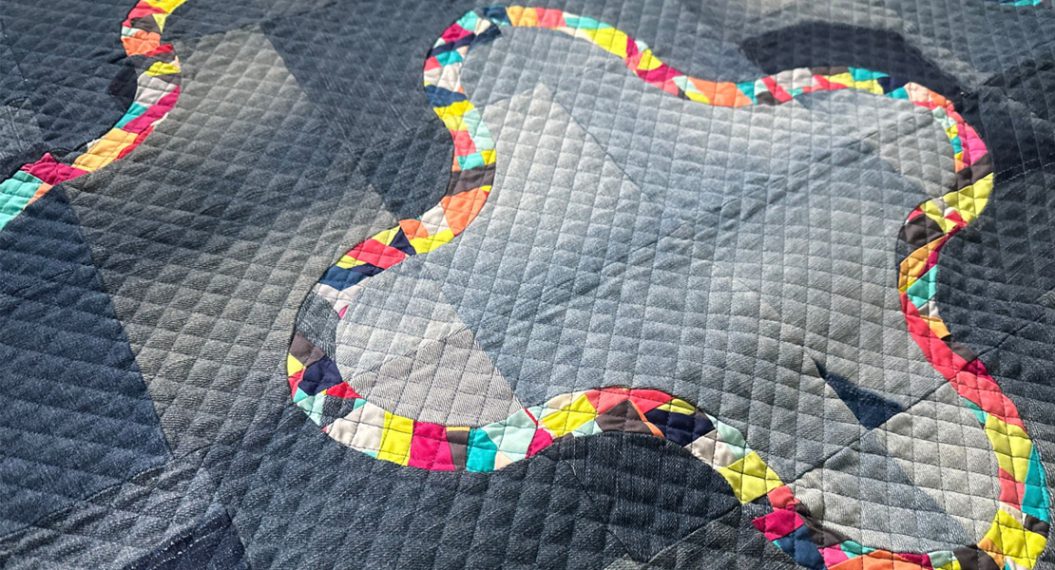
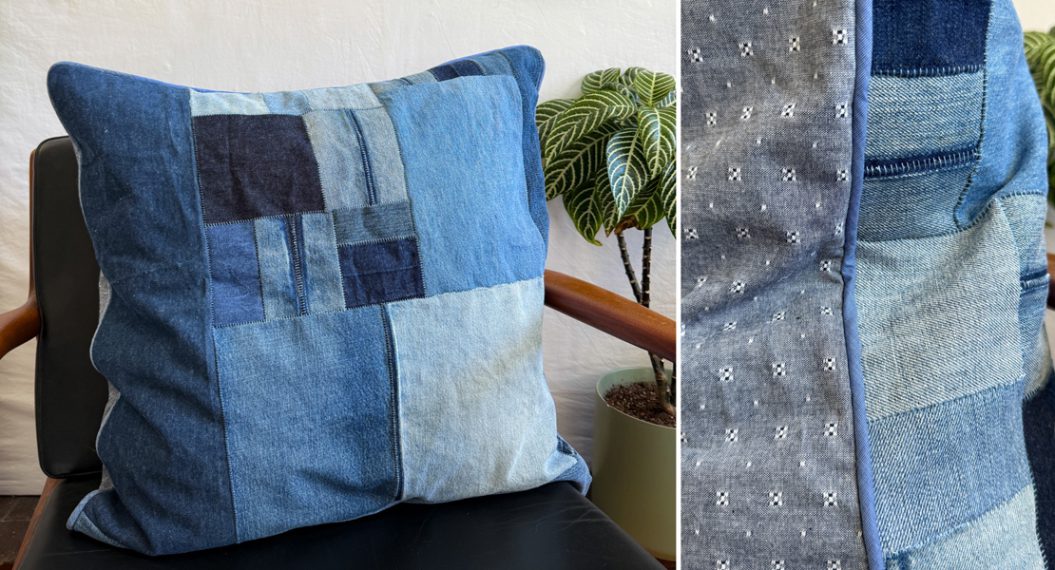
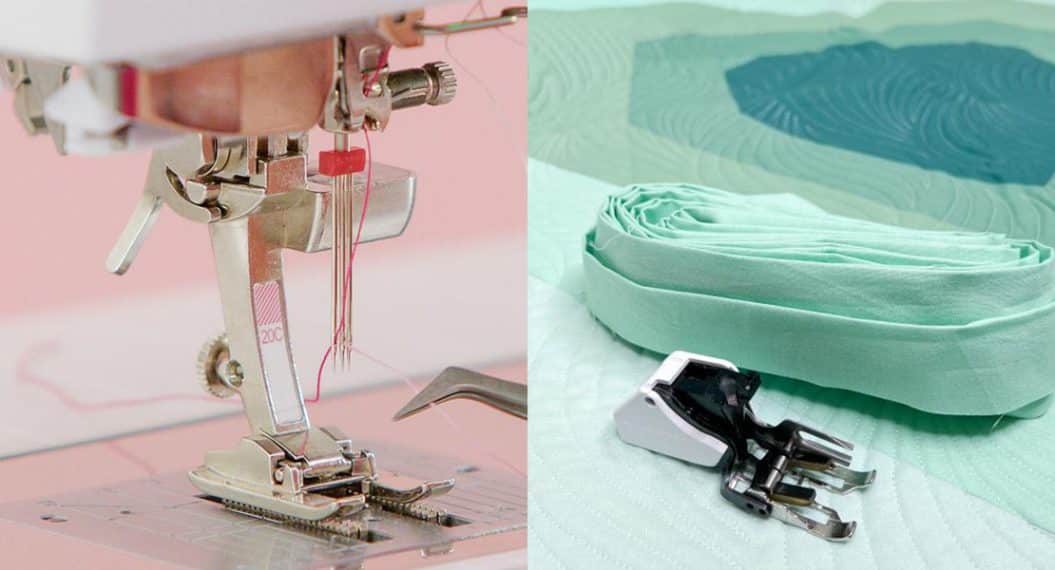
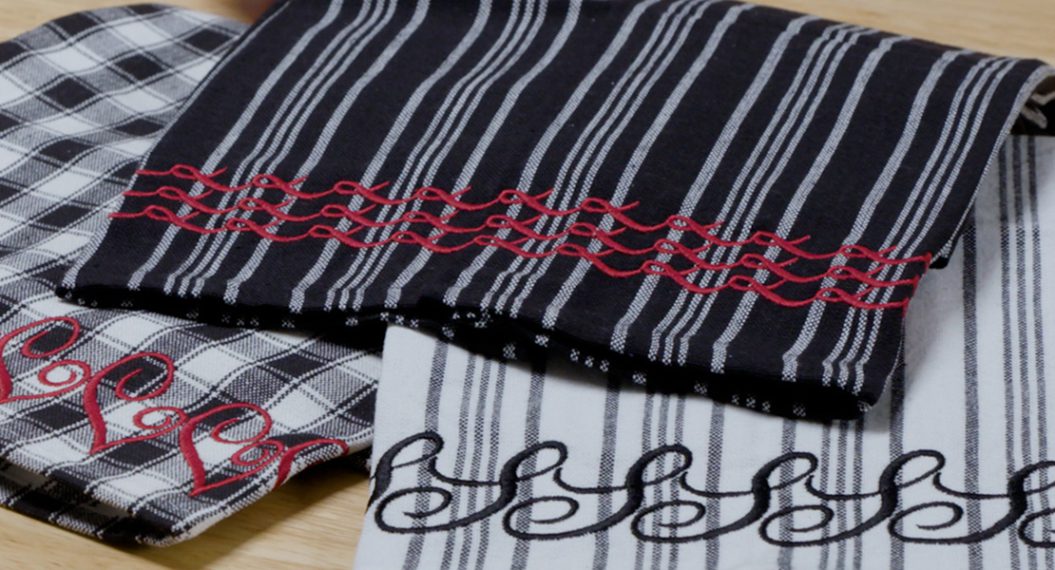
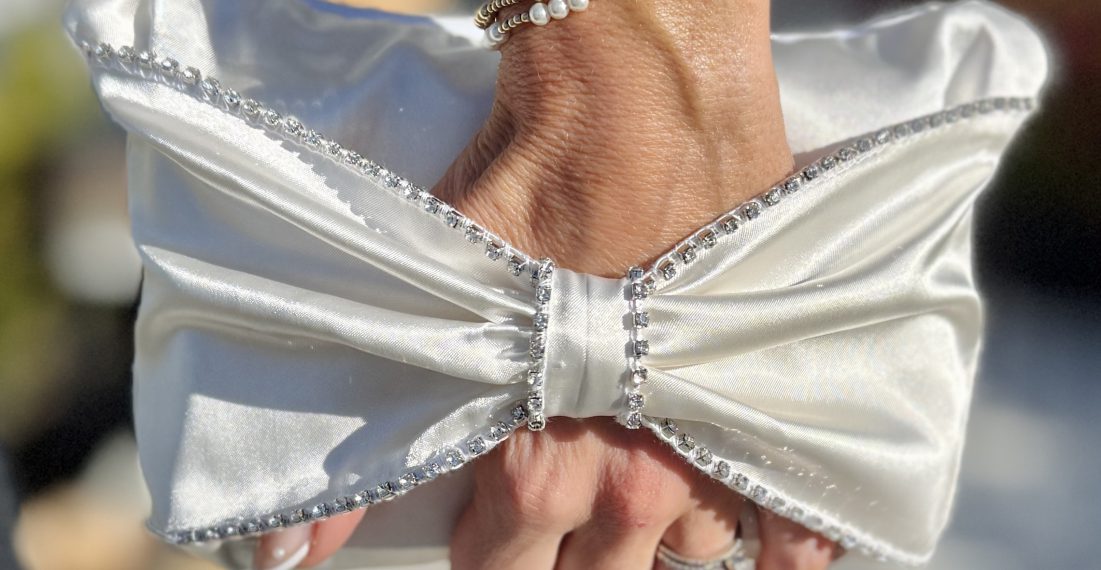
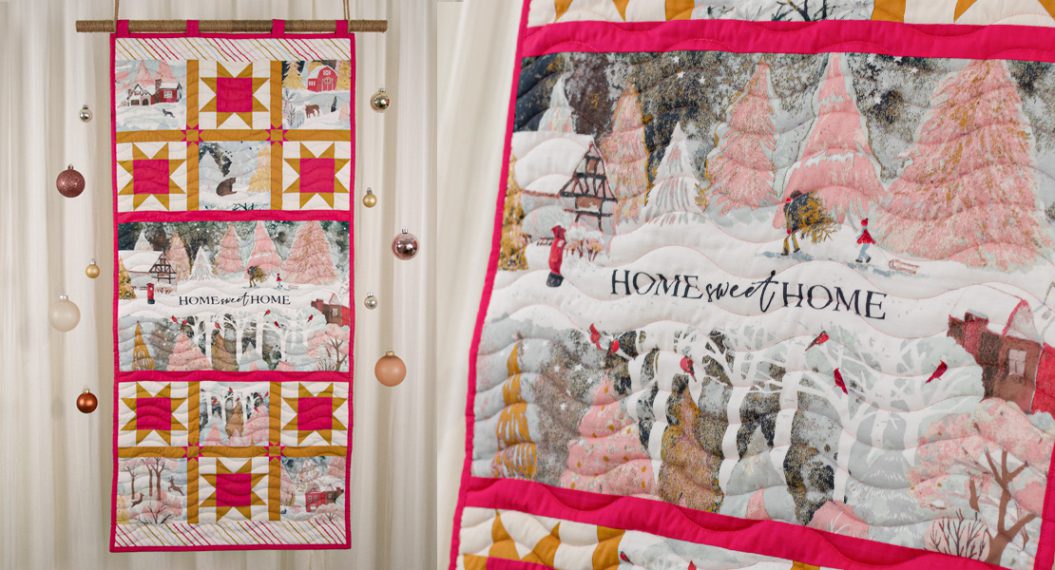
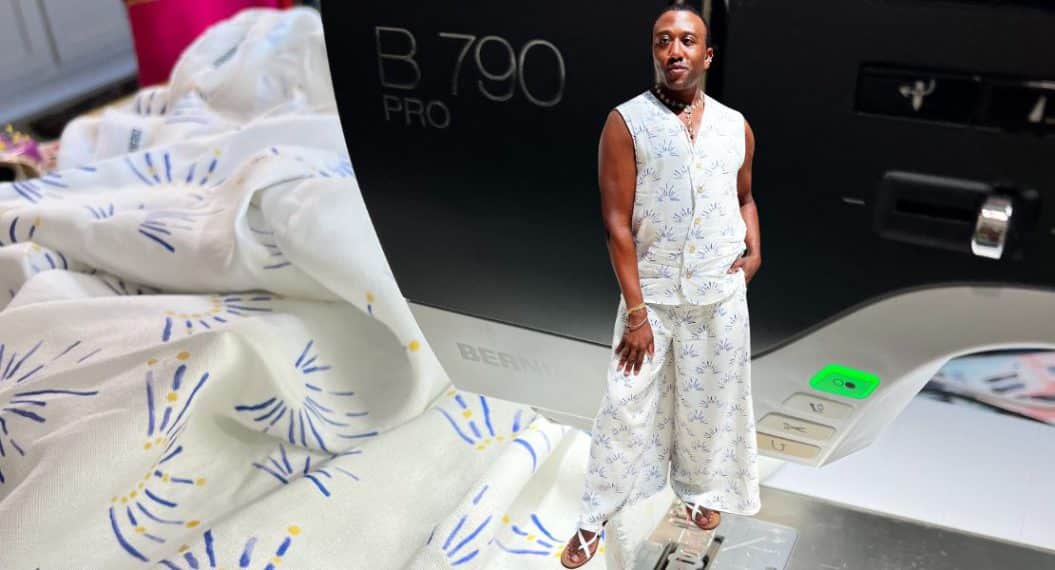
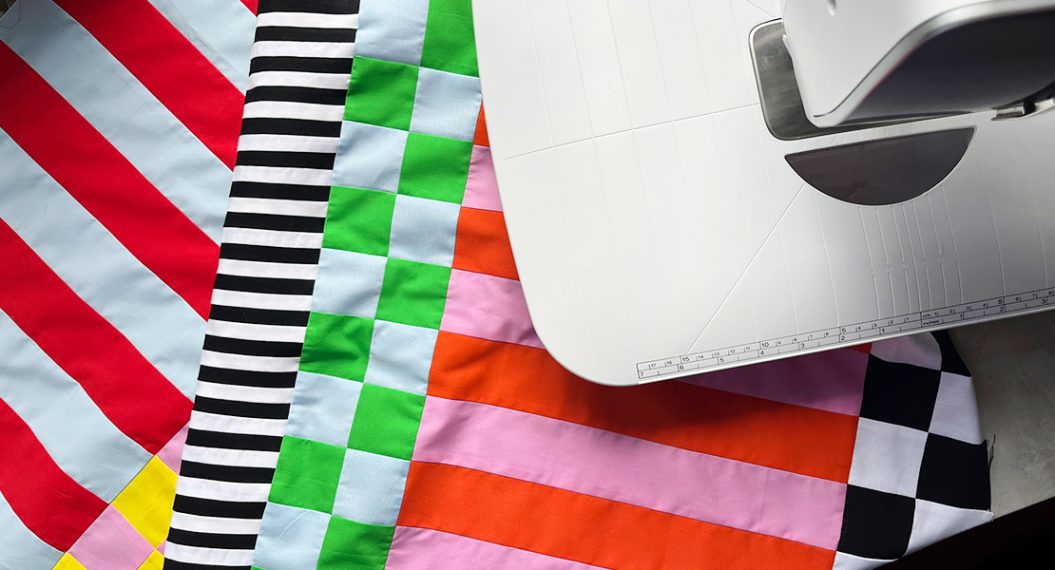
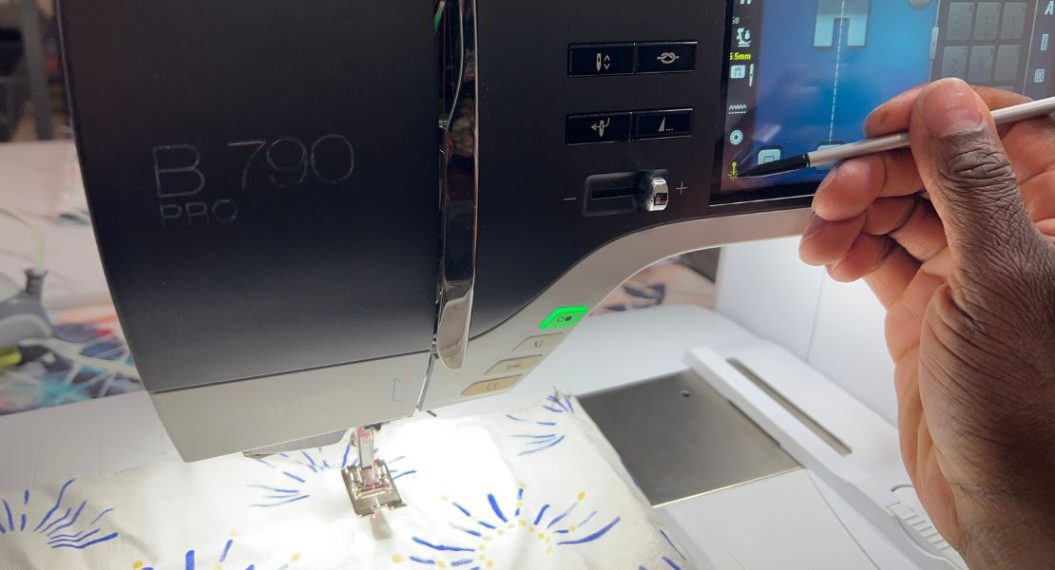
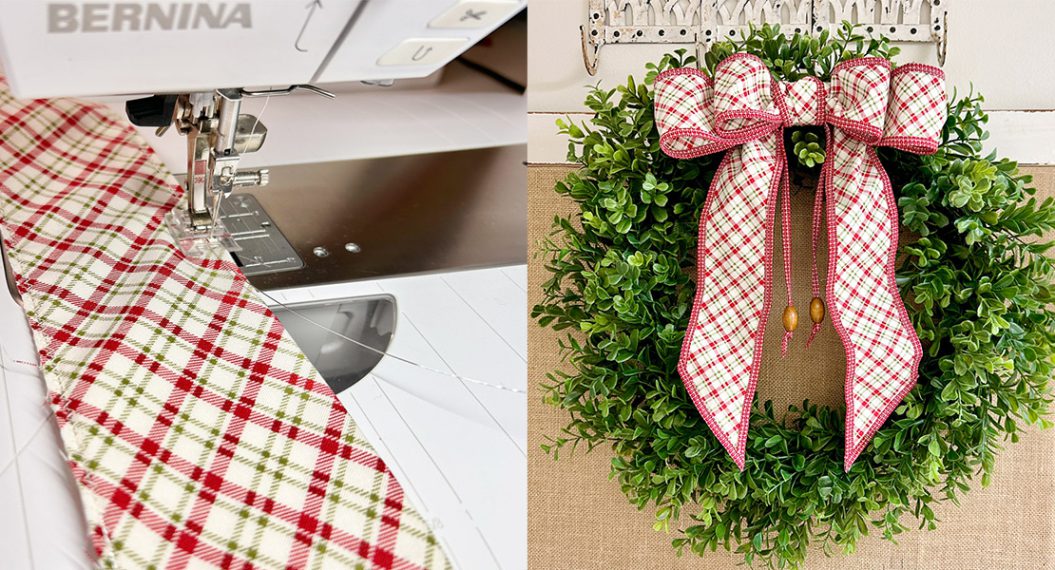
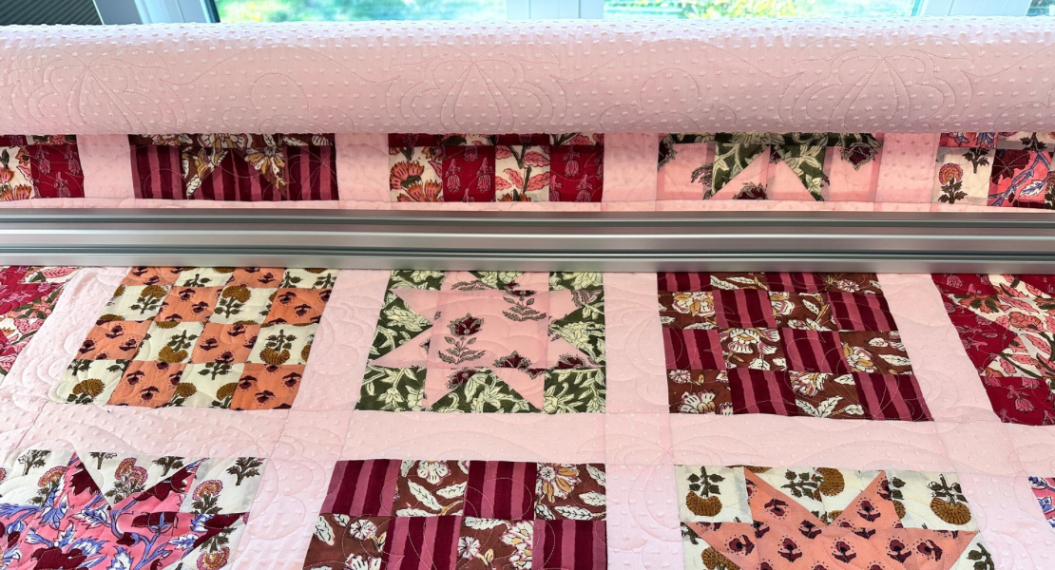
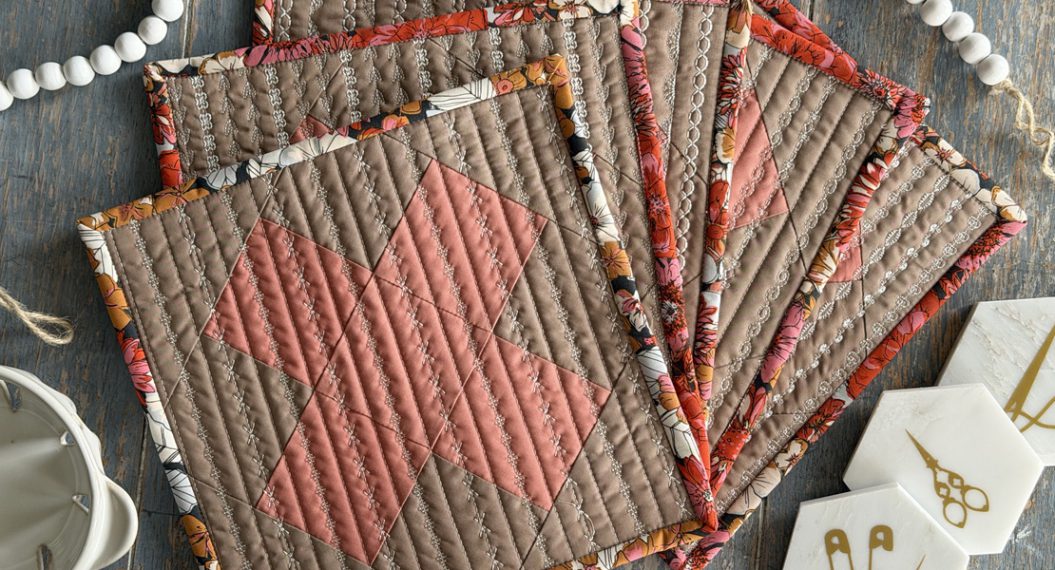
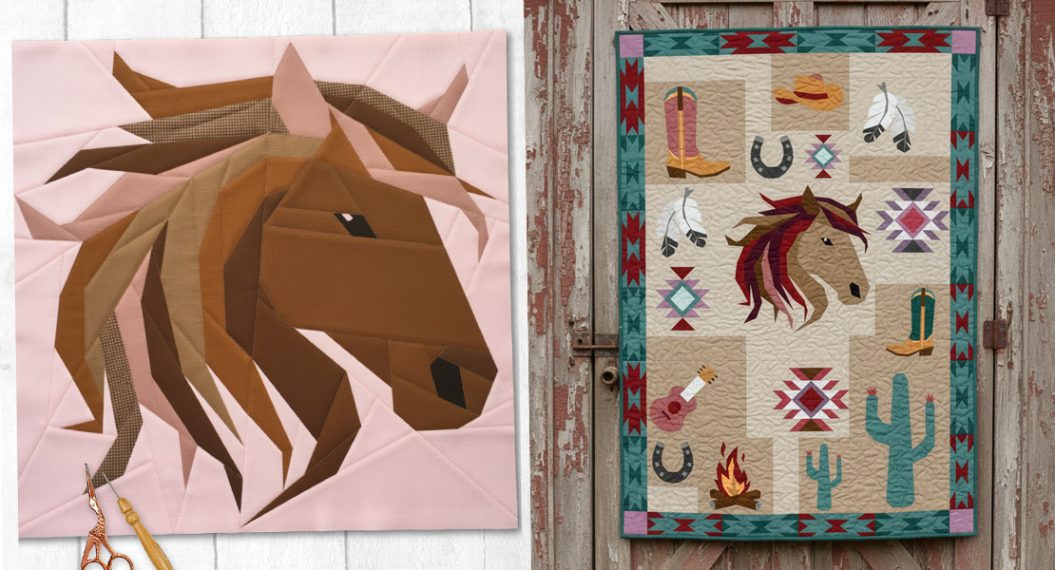
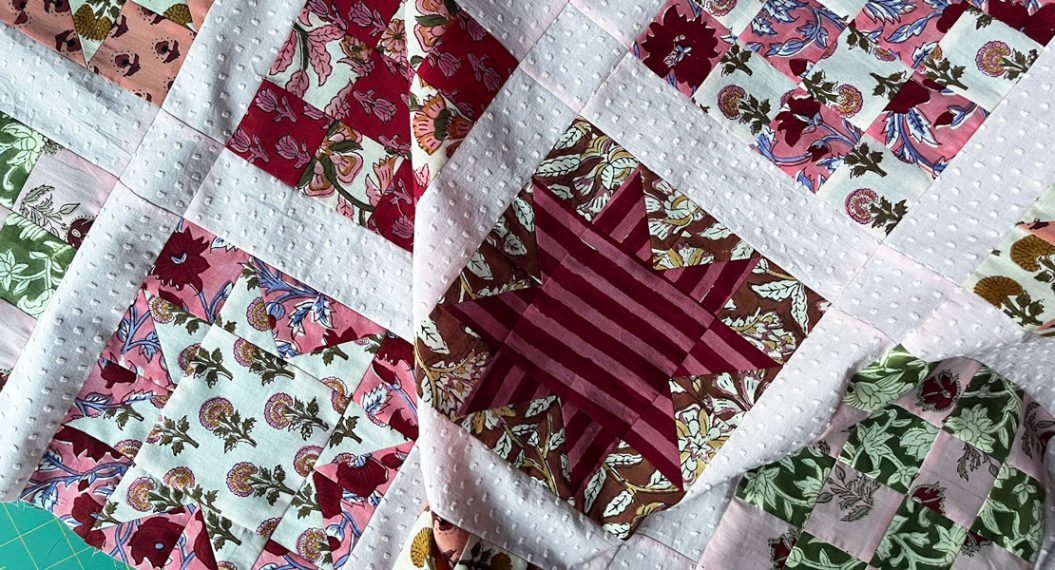
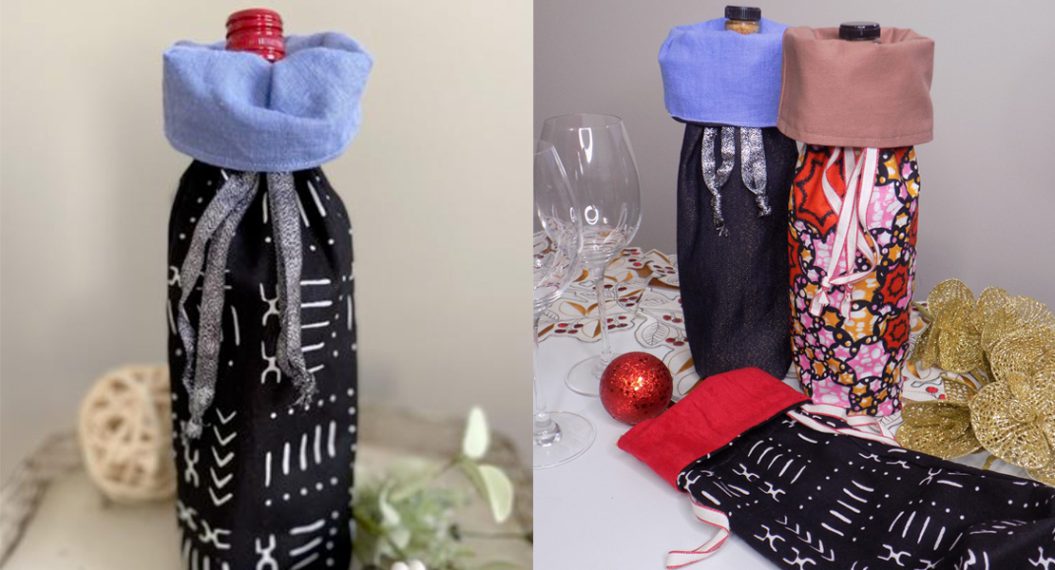
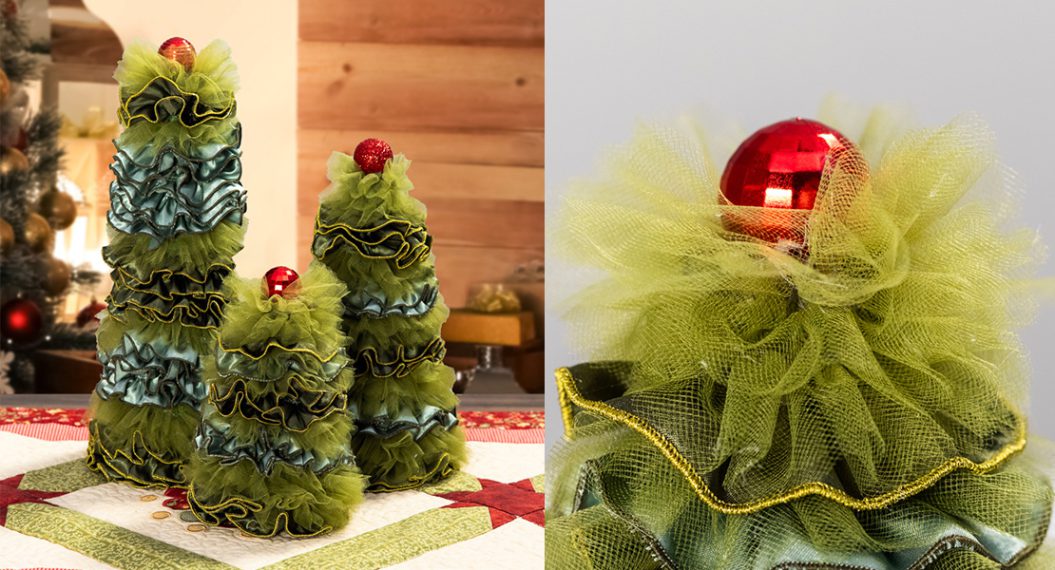
Love this! Especially the Kaffe Fasset prints. Reminds me of the watercolor quilts many years ago.